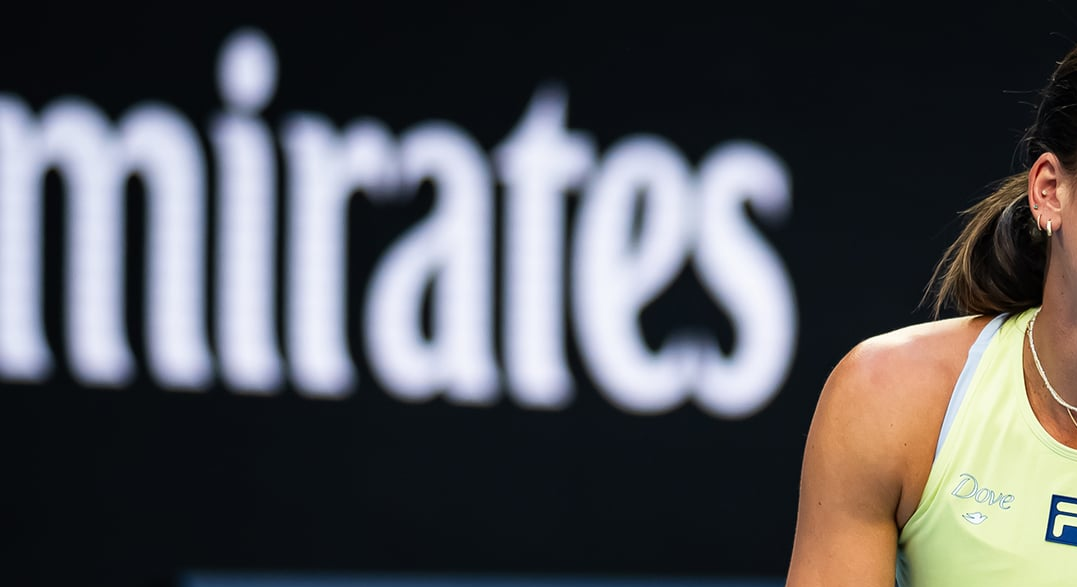In coming to Australia, Navarro was returning to the continent where, a year ago, she had begun her meteoric and unexpected rise from outside the Top 30 all the way up to No. 8. Twelve months ago, in Hobart, she won her first title. Back then, she was the hunter, the relative unknown, the one taking her opponents by surprise with that newfound fitness of hers, and all the improvements that came with it.
When she returned to Australia this month, though, all of that had changed. Navarro was the No. 2 seed in Brisbane and Adelaide, and her second-week runs at Wimbledon and the US Open last summer had made her very much a known quantity. She was the hunted now, and she wouldn’t take anyone by surprise.
Even worse, perhaps, Navarro also hadn’t played since October. The result now seems predictable. She lost her first match in Brisbane to 101st-ranked Kimberly Birrell. She lost her second match in Adelaide to Liudmila Samsonova. A couple hours into her first match in Melbourne against Stearns, she looked destined to lose that one as well.
I found myself wondering if, at a slender 5-foot-7, Navarro’s relative lack of size and power, and consequent struggles with winning free points, would make life more difficult for her this season. Going from No. 32 to No. 8 is one thing; going higher from there, or even just staying afloat in the Top 10, is another.
But instead of revealing a weakness of Navarro’s, her Australian campaign has revealed another strength, or maybe forced her to develop another strength, that’s essential for any aspiring champion: The ability to win without your best, to win not because your game is superior on a given day, but because your mental resources run deeper.
